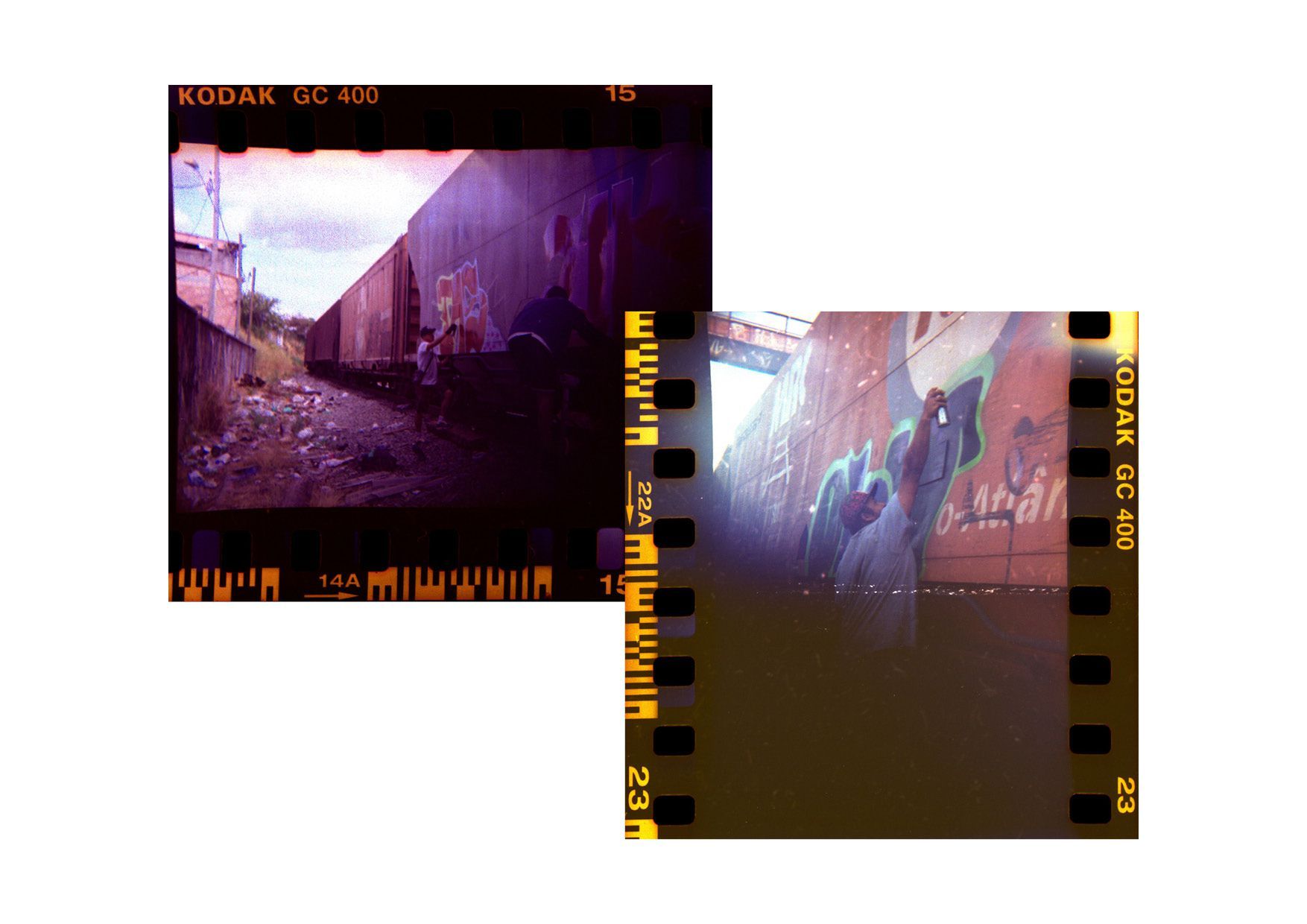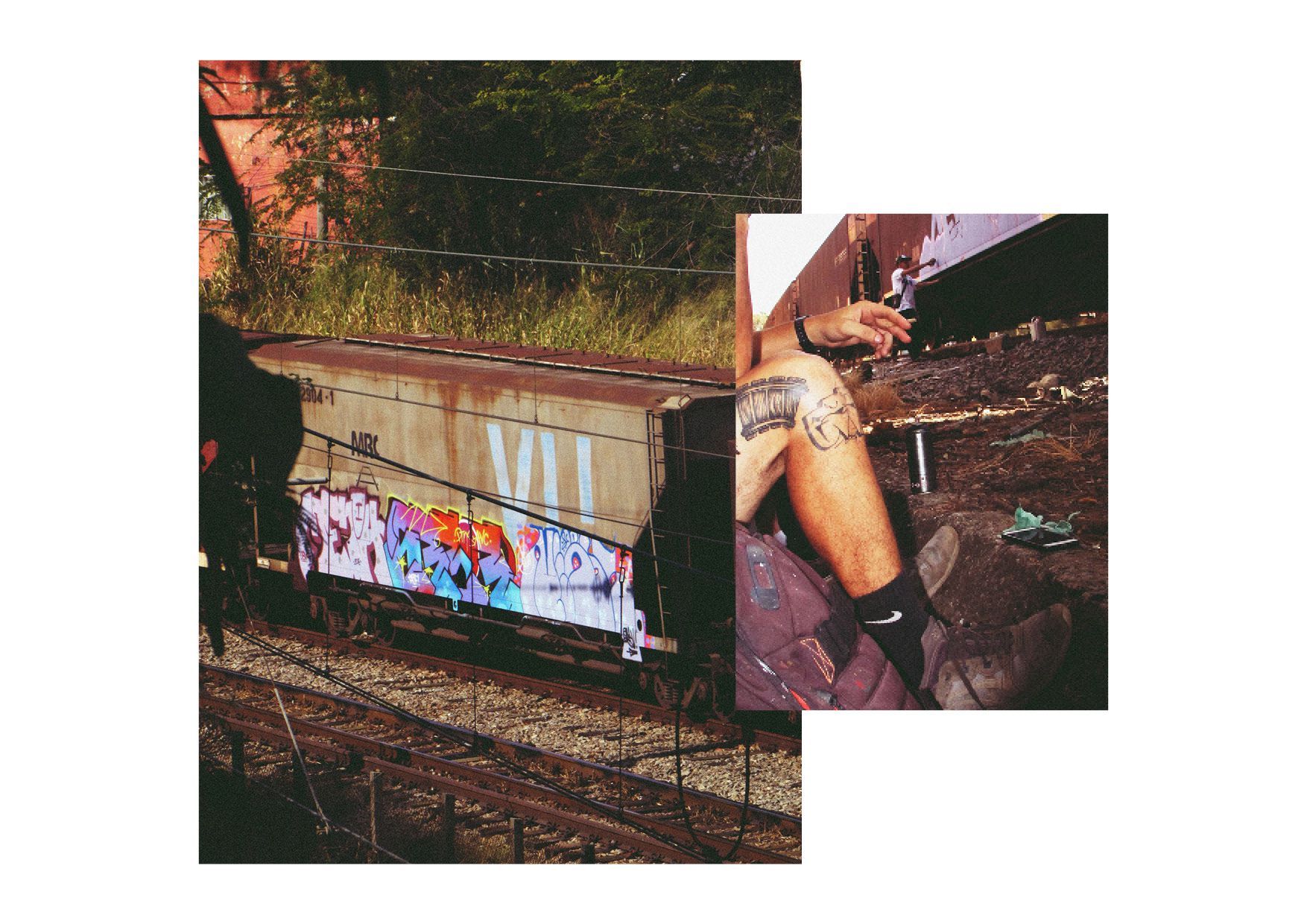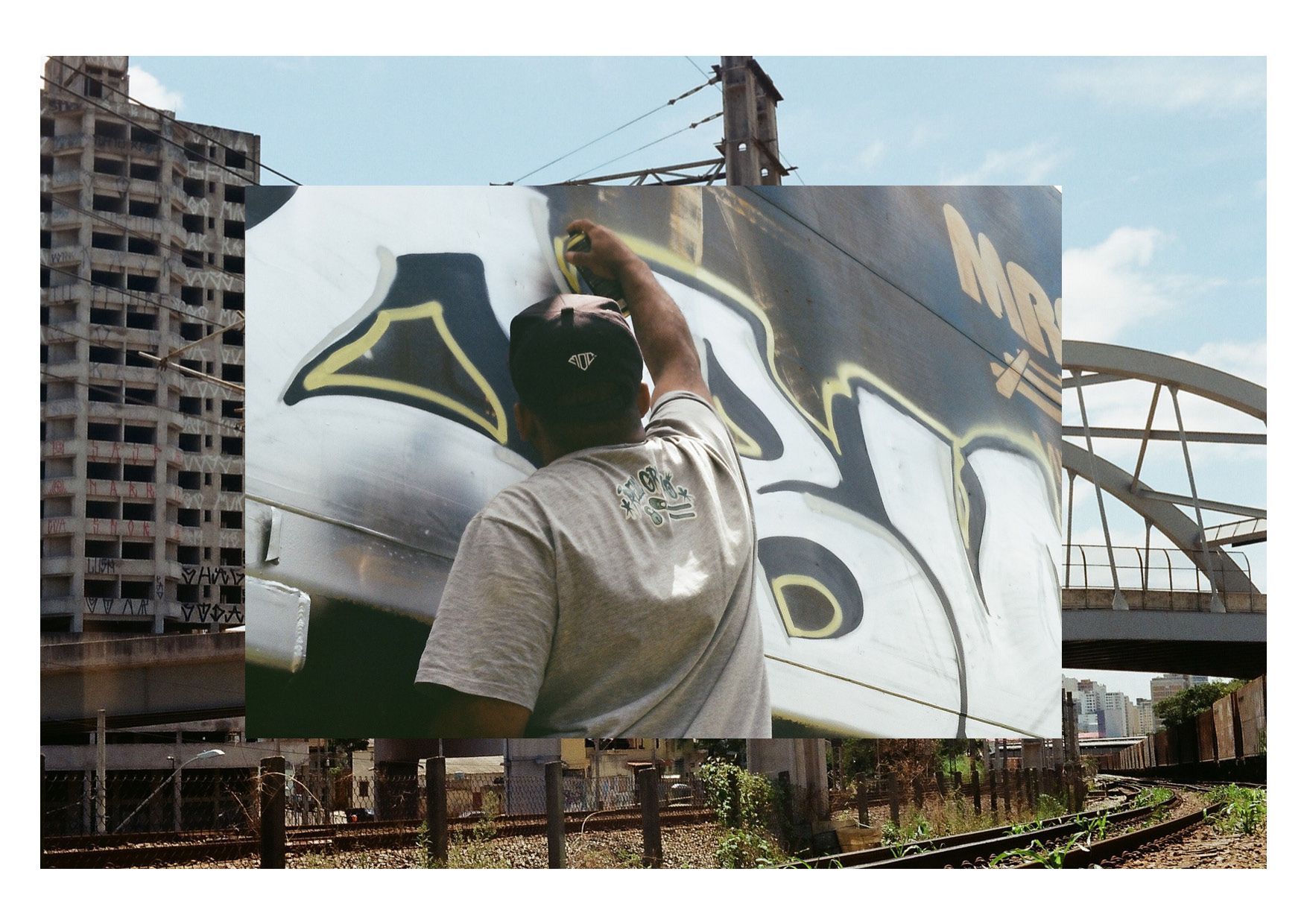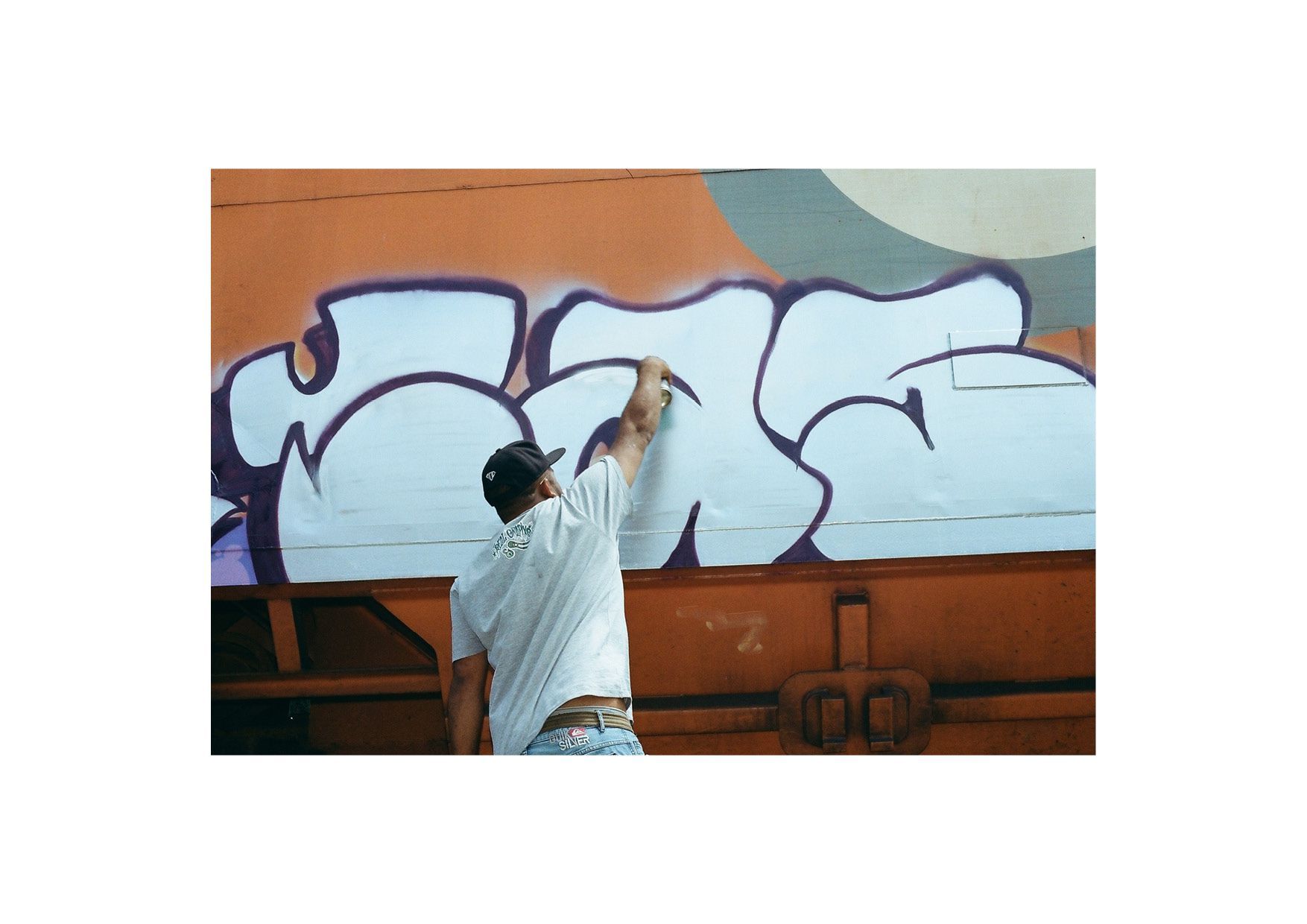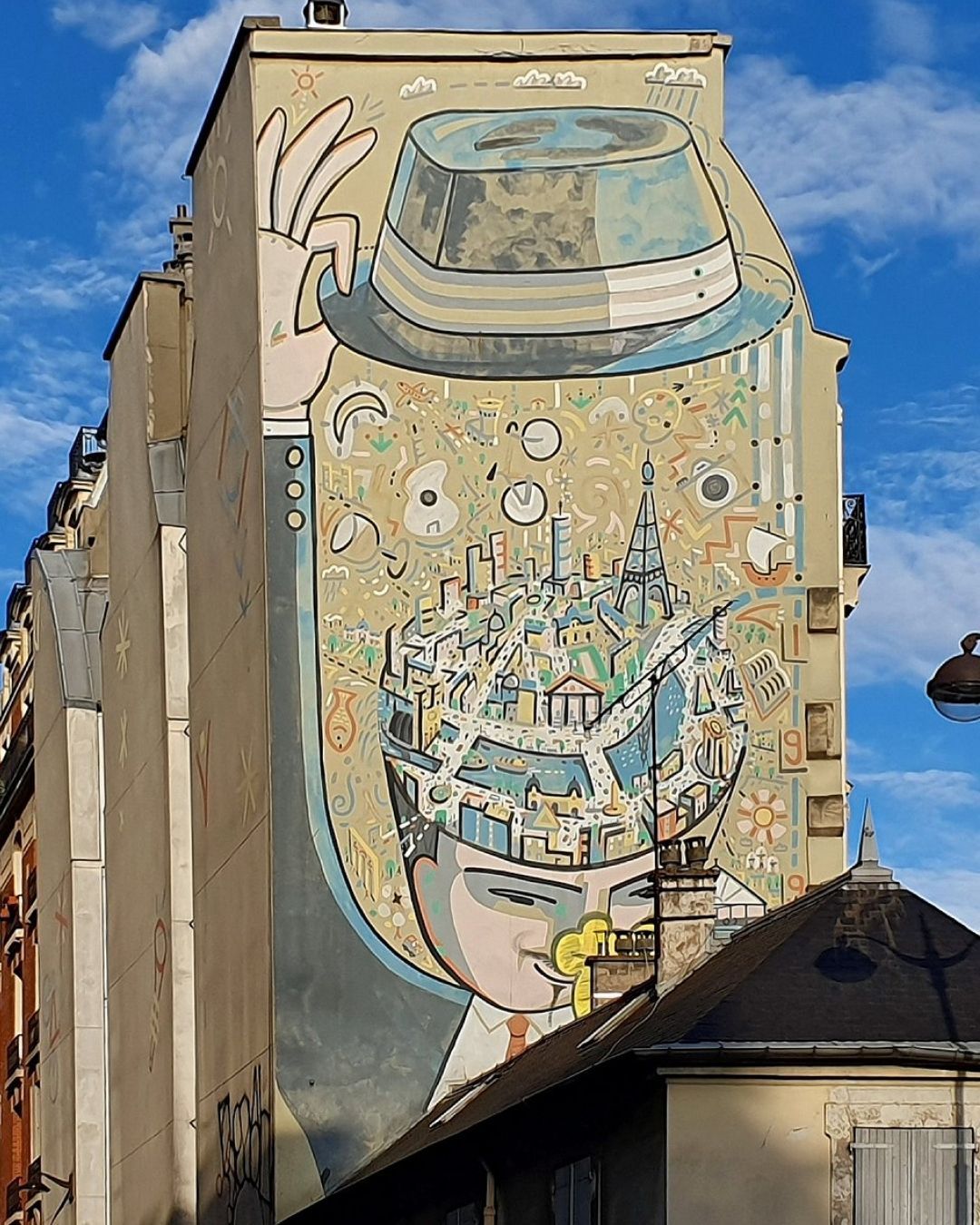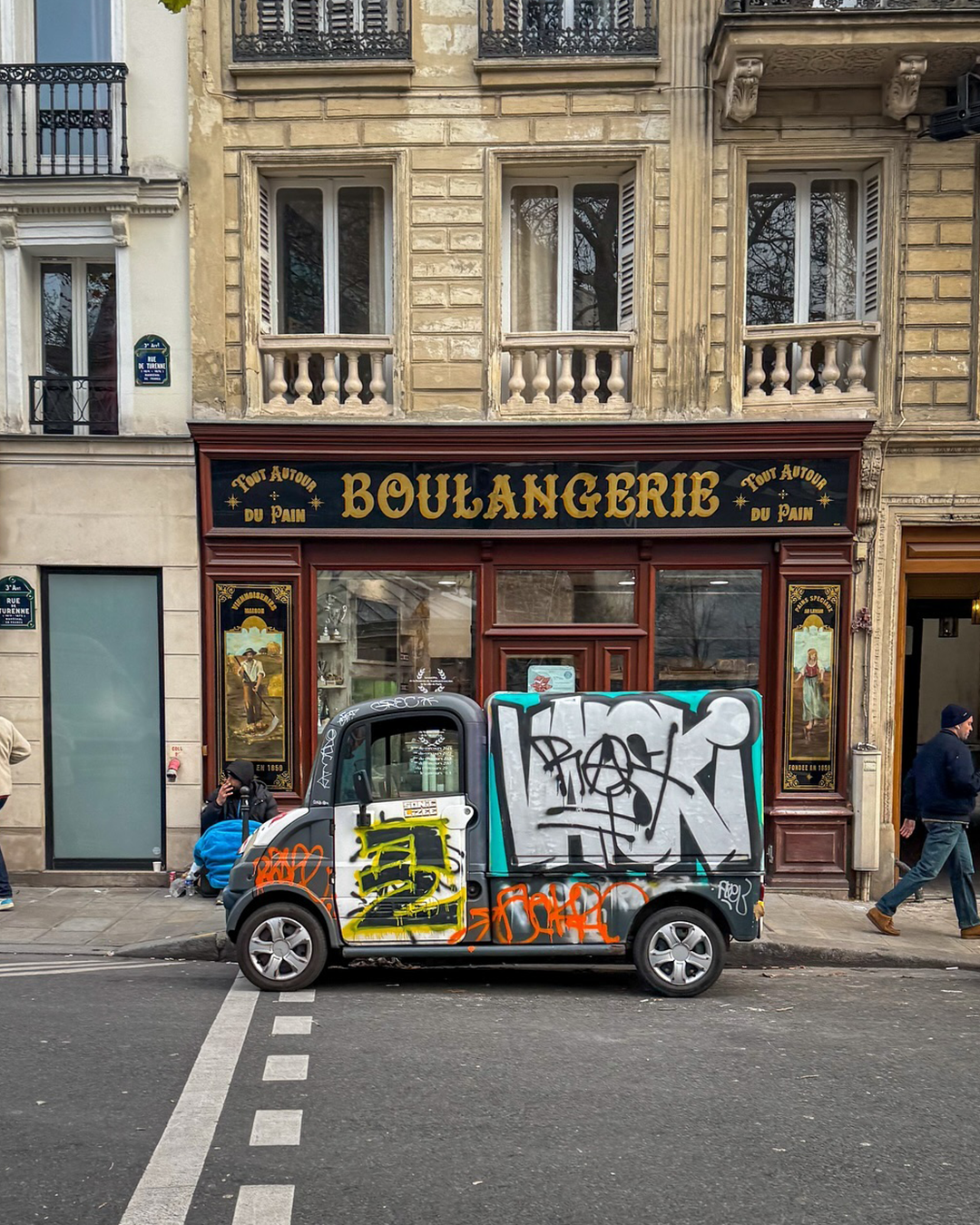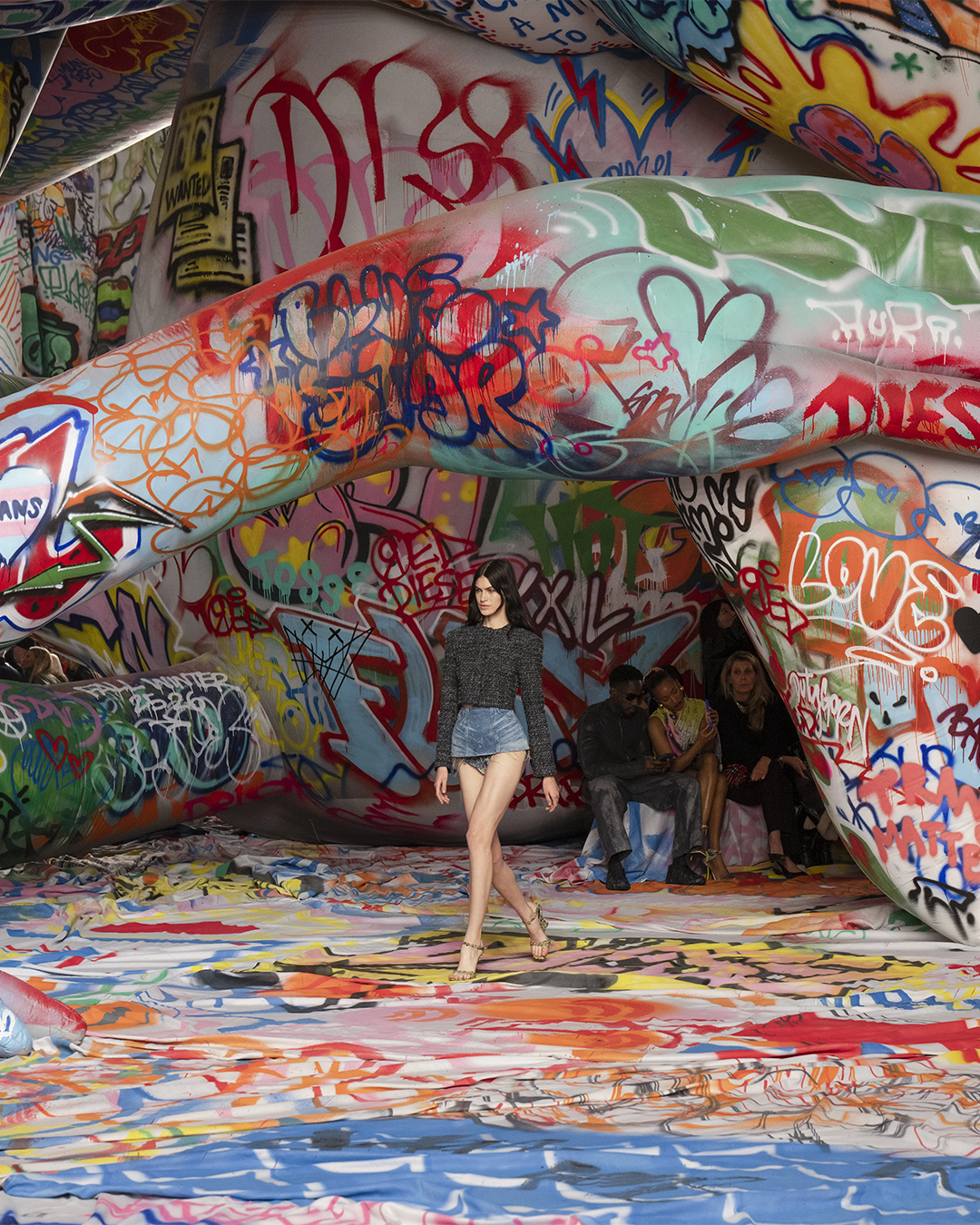
Inside the Graffiti scene of Belo Horizonte Interview and a analog reportage with the OBVandalismo crew
The cultural street scene in Brazil is booming right now. The election of conservative Jair Bolsonaro, the rise of gang violence and increasing corruption is giving new life and responsibilities to the young underground artists in Brazil.
Last year we went all the way to São Paulo to interview Amanda Adàsz about the rising streetwear scene of the city, now we are focusing on a new topic and in a new city.
Graffiti in Belo Horizonte - the capital of the state of Minas Gerais - is an essential part of the underground culture of the city. The large suburban areas with huge abandoned stations offer the writers a bunch of colored canvases to express their art, anger, and opposition to the dominant regime.
To understand the graffiti scene of the city better we interview the OBVandalism crew that takes us ona deep journey into the Belo Horizonte's murales with the analog shots of André Borges.
#1 What is OBVandalism and what’s the graffiti scene like in Belo Horizonte?
We are the Brazilian Organisation of Vandalism, a crew of graffiti artist, a street family. We gather around our graffiti we and we will always pursue friendship and mutual respect. Our common goal is to move the scene of graffiti, always taking these ideals into consideration. Being from the suburbs of BH, the connection with other people in the movement of graffiti that are not part of our crew is also very strong, for here we seek to create friendships above names because we believe that it is good to have a respected name and be a person who deserves respect. It is still almost a necessity for us to make our work illegally, not to destroy or damage something, to keep the essence of graffiti as a protest alive. Walls, doors, trains... Any surface that is valid for us.
#2 How is the graffiti culture linked with the street culture in your city and generally in Brazil?
The street culture in our city is widespread and has multiple representatives of great influence on the national scene. Being one of the aspects of hip-hop, graffiti seeks to keep the essence of this movement alive, through the social movements for the revitalization of walls and protest, individual or collective, which seeks to bring truth and justice to the forefront. Graffiti has a very important role in respect to reporting a series of social dissatisfactions brought about mainly by the young people at the periphery who suffer the abuses and oppression of the system, young people that on account of the indifference of the government and the greed of the few, do not have the opportunities to join the job market and build a life. Graffiti serves as an exit strategy for those who follow a tiring routine and almost "robotically" imposed by the mode of capitalistic life, to paint for some is the best way to feel free, and in so doing, vent their emotions through colors, letters and drawings..
#3 Where and why do you like to paint?
Usually on train lines of the city, even during the rush hours when trains are speeding and risks are higher, and also in places prohibited where there's a large flow of people: the important thing is to get the adrenaline rush.
#4 How dangerous is it to be in a graffiti crew in Brazil?
In Brazil, for many, we are still seen as criminals and as a result we suffer many trials and oppressions of society, being reported constantly, the police are always around threatening to kill us. We run risks all the time, here they send to jail n****s with an ease that would scare you.
#5 What do you want to achieve with your graffiti?
We don't have any kind of greed. We just want to achieve our peace and somehow draw the attention of the people in what we do, even just for a moment from the majority... but for others, it may even be eternal and this is priceless.
Photo credits to @andreborges












































